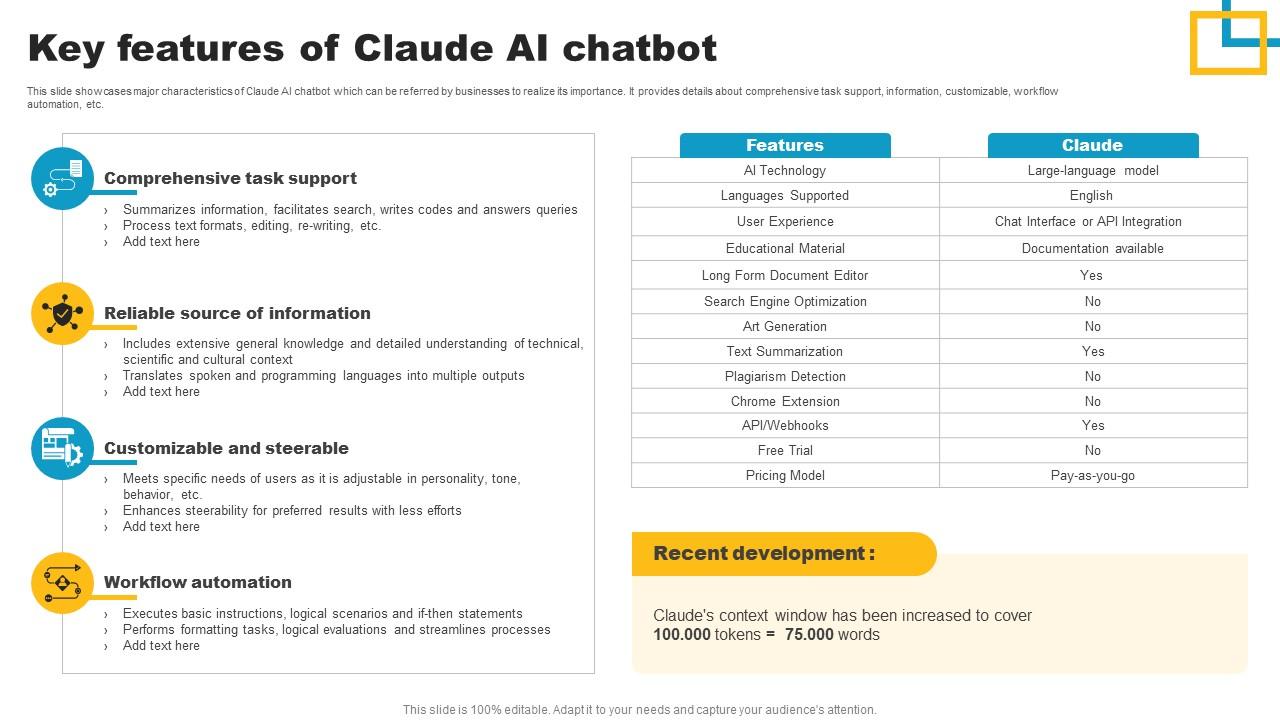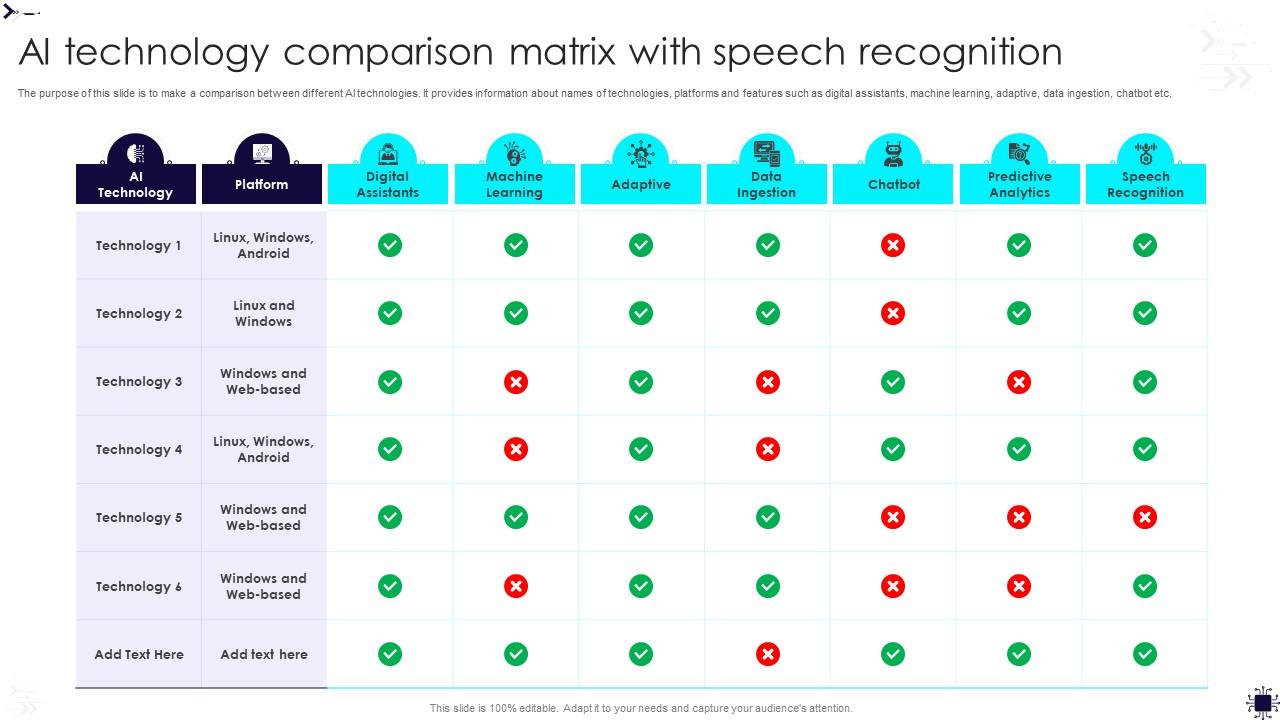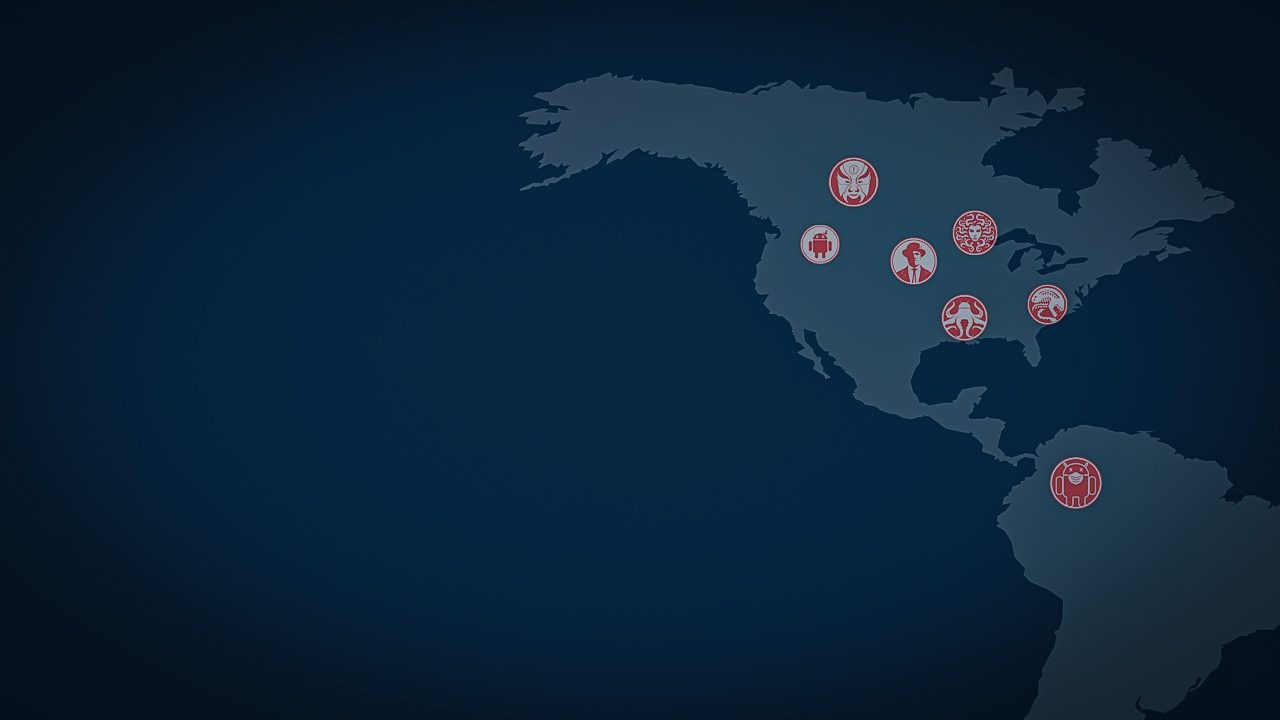
Claude AI vs. ChatGPT: A Comparative Look at the Future of Generative AI
In the rapidly evolving world of generative AI, the competition is heating up. Among a plethora of AI tools, Claude AI and ChatGPT have emerged as two frontrunners, each representing distinct philosophies and capabilities. This article explores the nuances of these platforms, examining their model options, technical specifications, privacy features, and more.
The Rise of Claude AI
Claude AI, developed by Anthropic, is a very recent addition to the AI landscape, having debuted as a formidable alternative to ChatGPT, produced by OpenAI. What sets Claude apart is the foundational focus on AI safety—a principle that resonates deeply considering the ethical implications of AI technologies. Co-founded by former executives from OpenAI, Anthropic aims to reduce risks associated with AI interactions.
In March 2024, Anthropic introduced the Claude 3 model family, which includes three distinct variations: Opus, Sonnet, and Haiku. Each version is designed to cater to different user needs:
- Claude 3 Opus is tailored for complex tasks, making it ideal for research and strategic planning. It comes at a premium price of $20 monthly for Claude Pro subscribers or $15 per million tokens via API.
- Claude 3 Sonnet serves as a mid-tier choice and offers a compelling free model alongside affordable API access at $3 per million input tokens.
- Claude 3 Haiku, the most budget-friendly option, is priced at only $0.25 per million input tokens.
Anthropic’s recent updates position Claude as not just competitive, but potentially superior in certain benchmarks.
 Claude AI as a leading player in generative AI technology
Claude AI as a leading player in generative AI technology
Introducing ChatGPT
ChatGPT, on the other hand, is a well-established platform that has gained widespread recognition and use. Powered by OpenAI, ChatGPT offers an extensive range of model options far exceeding Claude’s current lineup, including the latest GPT-4 and the earlier GPT-3.5.
The capabilities of GPT-4 are impressive—allowing users to engage in text generation, image crafting, voice interaction, and browsing the web to inform responses. This multimodal characteristic grants it an edge in versatility and usability across diverse applications. GPT-3.5, although somewhat limited in its context window and features compared to its successor, remains available for free, serving as an accessible entry point for countless users.
Both platforms offer rich features but operate from unique technological standpoints, which users must consider when deciding which to leverage for their individual or business needs.
Benchmarking the Giants
When it comes to raw performance, metrics play a crucial role in evaluating these models. Reports suggest that Claude 3 boasts a staggering 175 billion parameters, while GPT-4’s architecture reportedly contains over a trillion parameters. In the competitive landscape of AI, these figures impact the efficiency and efficacy of the models.
While both platforms have established benchmark scores to validate their performance, analyzing these claims must be done with caution. A notable point to mention is that Claude 3 has outperformed GPT-4 on the Chatbot Arena, a user-driven leaderboard that reflects collective sentiment about various models.
Privacy and User Experience
Another critical differentiator is privacy and security. Anthropic’s constitutional AI framework prioritizes the safety of user interactions by enabling users to opt-in for data usage instead of it being the default. This approach fosters trust, especially for corporate users concerned about data security. Many businesses are leaning toward Claude for developmental projects and internal tools, favoring a culture of cautious AI interaction.
In contrast, OpenAI automatically incorporates user interactions to retrain ChatGPT, adding a layer of complexity to the user’s privacy rights. Although there exist channels for opting-out, the process lacks transparency, often leading to confusion and concern about data handling.
The Feature Showdown
While Claude focuses on its strength in safety and user-directed training, ChatGPT offers extras that hold significant appeal. From creating multimodal content to internet searches, OpenAI’s tool spans a broader technological horizon. The ability to interact with the model vocally and visually through GPT-4 and explore customized assistants called GPTs adds layers of functionality that many users deem indispensable.
However, those venturing into Claude engage with a model purposefully stripped of excess for efficiency, presenting a straightforward interaction model that may resonate better with users seeking uncomplicated assistance in designated tasks such as content moderation or customer support.
 Comparing the two AI systems in various aspects of utility and application
Comparing the two AI systems in various aspects of utility and application
Conclusion: Choosing Your AI Companion
The decision between Claude AI and ChatGPT ultimately revolves around individual needs and priorities. If AI safety and user control over data are paramount, Claude AI may offer the best experience. Conversely, for an expansive feature set that includes visual and auditory capabilities, ChatGPT shines.
In a landscape as dynamic as AI, both Claude and ChatGPT will continue evolving, forging paths that will shape the technological future. Choosing the right AI companion will not only depend on current capabilities but also on which philosophical approach aligns better with the user’s goals.
To stay updated on the latest in AI developments, follow reputable sources such as OpenAI and Anthropic. As we navigate through this changing ecosystem, the real victory will be optimizing how these tools serve humanity while upholding ethical standards and prioritizing safety above all.













